Rizvan Bayramov
University of Architecture and Construction,
The Republic of Azerbaijan
The history of the first settlements in modern-day Azerbaijan has ancient roots dating back millennia BC. Numerous settlements were unearthed by Azerbaijani archaeologists. These investigations show that the local population of these settlements had a settled life and were engaged in agriculture by the 6-5th millennium BC. All these settlements, as well as the majority of medieval cities, have come down to us as archaeological sites and ruins.
These historical cities, towns and settlements are under state protection as cultural properties, regardless of whether they are ruins or urban structures currently populated. Some of them are declared as cultural reserves. Special attention was given to the preservation of their historical urban structure, landscape, and buildings.
10 historical towns (Barda, Gazakh, Göygöl, Guba, Lenkoran, Ordubad, Shemkir, Sheki, Zagatala, Ilisu) were included in Pilot Project 2: “Rehabilitation of Cultural Heritage in Historic Towns” (PP2), Kyiv Initiative Regional Programme, Council of Europe. The historical parts of Ordubad, Sheki and Ilisu are listed as cultural reserves, and the boundaries of reserve territories. According to the Heritage Assessment Report provided by the aforementioned program historical and buffer zones must be identified in order to protect historical settlements and towns.
Preservation issues within these areas are dealt with through close cooperation of state, public, voluntary and private organisations. After some Germans moved to the territory of Azerbaijan in the 19th century and created their settlements here, by the middle of 1920s two of these settlements Shamkir (Annanfeld) and Göygöl (Helenendorf) had become towns. These two towns have managed to maintain their 19th century historical buildings. Public organisations, together with the local authorities and local community, actively participate in the preservation of historic districts in Shamkir and Göygöl. The German non-governmental organisation GTZ was involved in the preservation of these towns. GTZ has proposed to undertake the rehabilitation of some buildings and organised some workshops for local communities on the preservation of residential houses and the historical area of the towns.
In the case of the town of Sheki, as a result of close cooperation between relevant state organisations, the local community, and World Bank, a system of bed & breakfast accommodation facilities and a public association of artisans were established.
Some issues of preservation of small towns are pending. The main issue is that the local community did not have enough information about the value of cultural heritage, and there was also a lack of special programmes for preservation of immovable cultural heritage and historic towns and settlements. Some new initiatives are being prepared to resolve this situation.
Along with historical cities and towns there are few historical villages and settlements in Azerbaijan. Most historical villages are located in the mountain area.
The current paper is based on a report concerning case studies at Lahij, Basgal villages of Ismayilli District, Ilisu, Saribash villages of Gakh District, Khinalig village of Guba District and Gala village in the Apsheron Peninsula. All of them could preserve their authenticity and identity. They are under the protection of the state.
The historical parts of the villages have preserved their street and quarter structures. There are many architectural and archaeological monuments within their areas. In the territory of historical villages, along with street structures, numerous residential houses, mosques, springs were registered and were taken under the state protection as monuments of historical and cultural value.
Khinalig and Gala villages managed to preserve their distinguished structures without intervention, but some historical buildings are in ruinous condition. In both villages, due to different reasons—mainly, poor economic and living conditions—the population moved out and residential houses were left derelict.
Taking into consideration the historical value of the villages and the development of tourism, Gala village is under conservation efforts. Some architectural monuments were restored and conserved. An open-air museum for archaeology and ethnography was also established in this village. A special programme for conservation and rehabilitation of Baskal village is under preparation at present.
Historically formed villages and settlements should be improved, rehabilitated and returned to modern life while preserving their authenticity and identity. Not all villages could preserve their historic and ancient features. This is a very common and natural process. Time and civilisation have contributed to this process. It is possible to say that urban and social development go on more rapidly than preservation of historical settlements.
The population is also primarily interested in improving their living conditions. They would like to have modern life with modern technologies. It is natural and normal. Of course these changes are reflected on the historical monuments and sites. As a result of modernization, the historical appearance of buildings was changed by modern building materials. New buildings with modern materials are being constructed in the historical part of villages. In the villages, landscape and nature are not used in traditional way and are also changing.
Tourists make one-day tours on their own to Khinalig, Gala, Lagich, and Basgal villages. Rest stops were built round the Ilisu village and the village residents offer their houses to guests for rent. In general, however, it should be noted that modern tourist services in these villages do not exist. Historical zones in the previously named villages have never been preserved. Important work is being done by The Ministry of Culture and Tourism in cooperation with the State Committee of Land and Cartography of Azerbaijan Republic in order to identify those zones.
The state has undertaken targeted activities in order to preserve historical villages, and the historical and cultural monuments located in those areas. This has been reflected in several programmes.
As enough attention has not been devoted to the historical villages, their social, economic, environmental and cultural value has not been defined scientifically.
Do we need to preserve historical villages and revitalize them?
Who needs this?
When you think of these questions you must recall the importance of historical villages, cities and their value as well as their role in the context of the country’s modern life. First of all, the development of rural handicraft, economy and increase of the tourism potential is planned. A scientific evaluation of the current situation and comprehensive as well as flexible monitoring of the possible solutions should be carried out in order to sort out this problem and revitalize villages.
The proposed monitoring should cover all sectors; preservation and use of cultural heritage, landscape and environment, social-economic condition and other related issues. In order to evaluate all sectors and find out the way to rehabilitate them, first they must be researched separately and then their inter-relation and positive/negative impacts must be assessed. Development of socio-economic conditions should be planned along with ecological preservation, without forgetting the historically-developed traditional economy. As a result, the history and identity of those villages should not only be preserved, but also be linked to socio-economic issues and these factors should complement and support each other.
For rehabilitation of historic settlements the following issues should be solved:
• Analysis and improvement of the existing legislative foundations
- making amendments to legal texts and laws
• Preservation of environment and landscape
• Preservation of historical villages, together with their buildings and structures
- identification of protection zone for sites of immovable cultural heritage
- preparation of a special programme for preservation and rehabilitation of historic villages.
- for more effective protection of cultural heritage and historic villages, they should be inseparable part of economic and social programmes
• Social and economic development:
- improvement of social conditions of the population by their involvement in the preservation of historical and cultural properties
- provision of conditions for revival and development of traditional economic activities
- development of cultural tourism in historic villages and preparation of special programmes
- preparation of development programmes for historic villages
The local population, local municipality and other stakeholders should be engaged in and actively participate in resolving these issues.
The following draft form is suggested for monitoring of small historical towns and villages:
|
1 |
2 |
3 |
4 |
5 |
6 |
7 |
|
№ |
Name of small historical town / village |
Territory |
Population |
Existing of historical planning structure |
Existing of immovable Historical and cultural properties | Traditional economy |
|
|
|
|
|
|
|
|
|
|
|
|
|
|
|
|
|
8 |
9 |
10 |
11 |
12 |
13 |
14 |
|
Handicrafts |
Migration of local population |
Modern economy and its reflection |
Nature and landscape |
Social condition |
Investigation of local traditional economy and culture |
Existing level of tourism facilities |
|
|
|
|
|
|
|
|
|
|
|
|
|
|
|
|

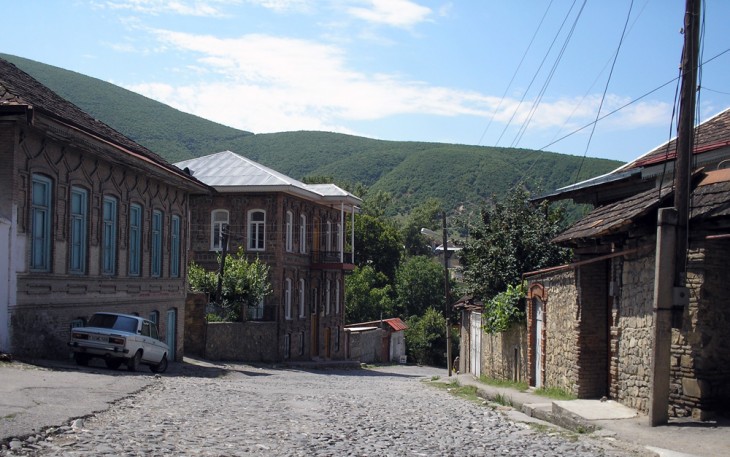
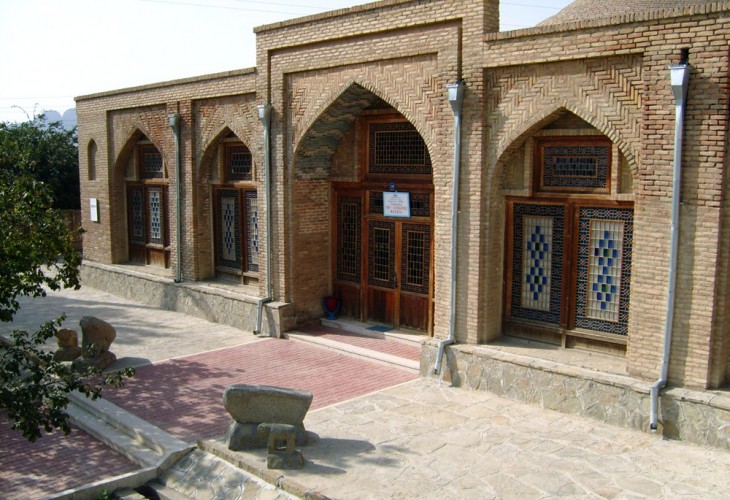
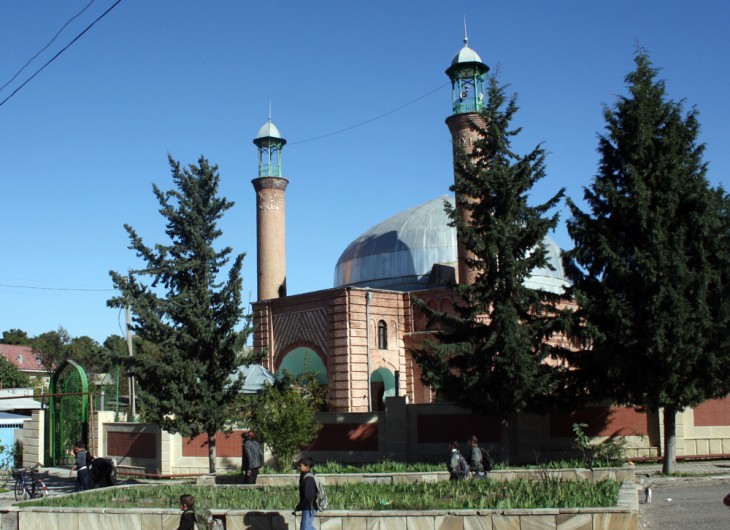
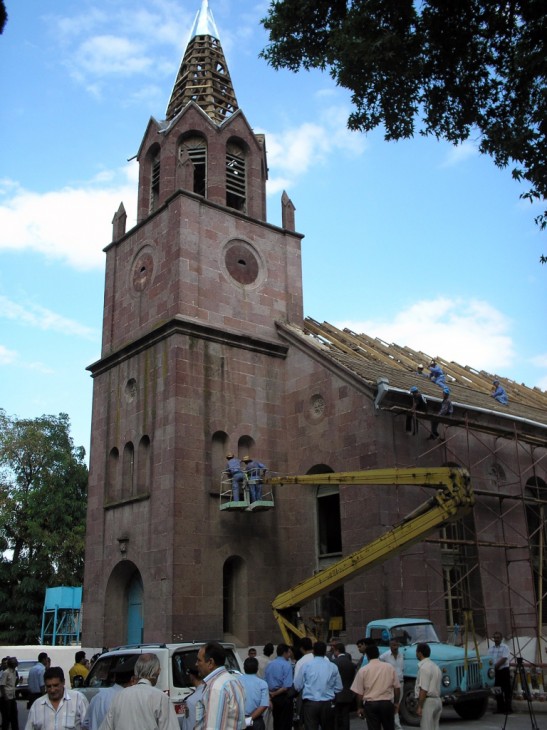
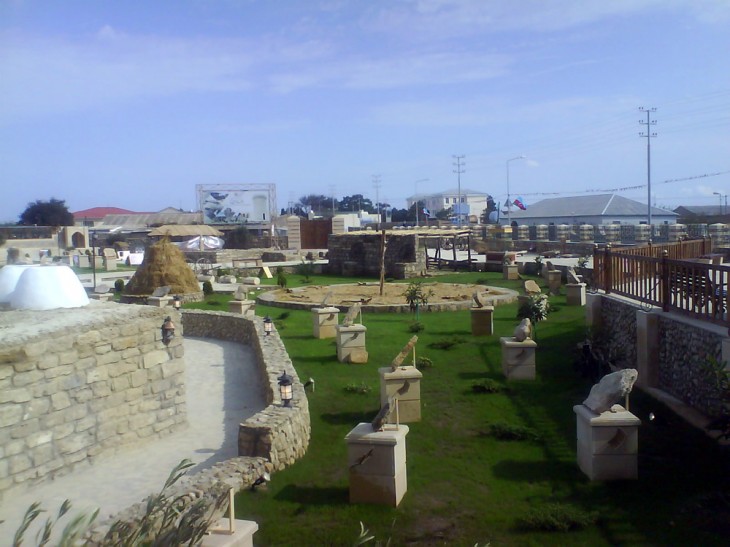
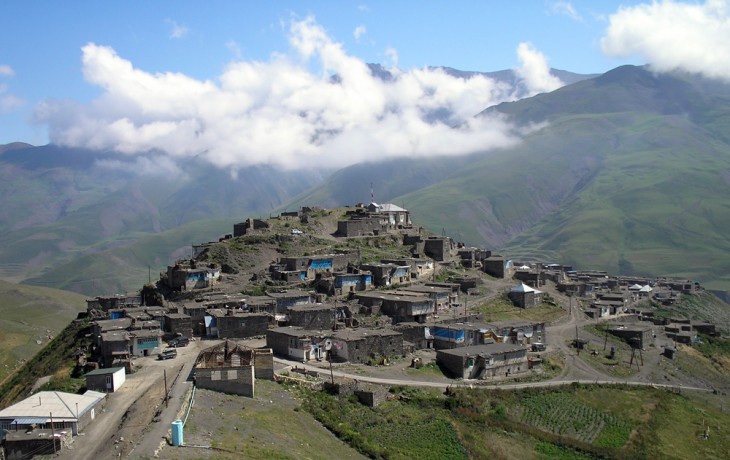
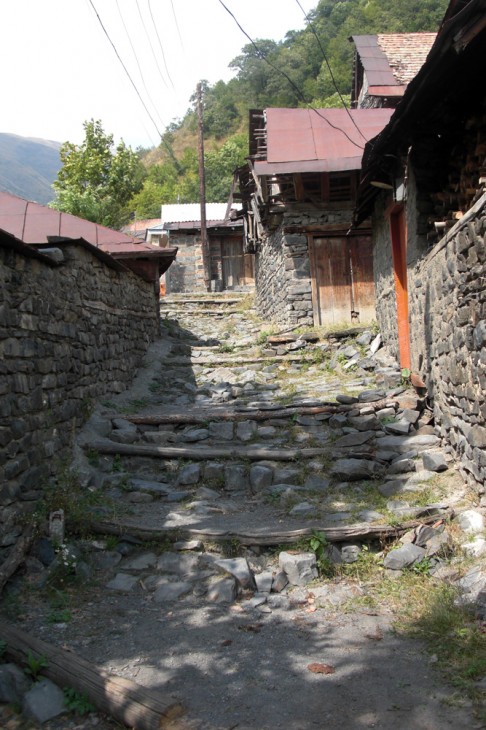
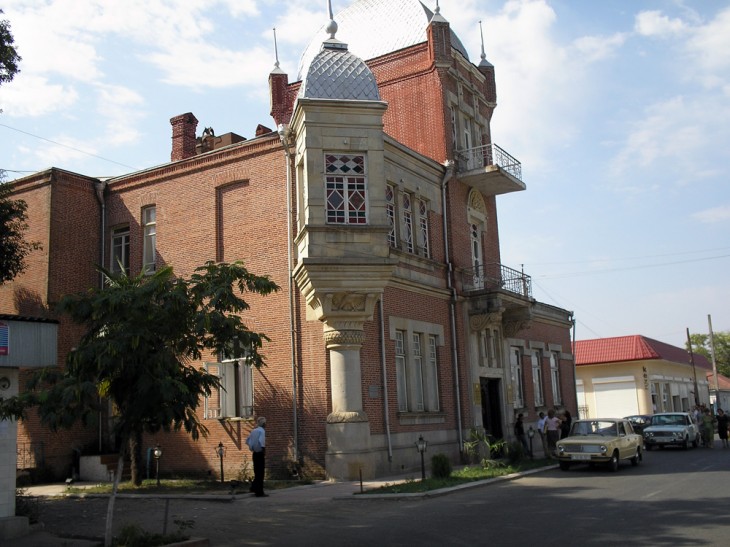
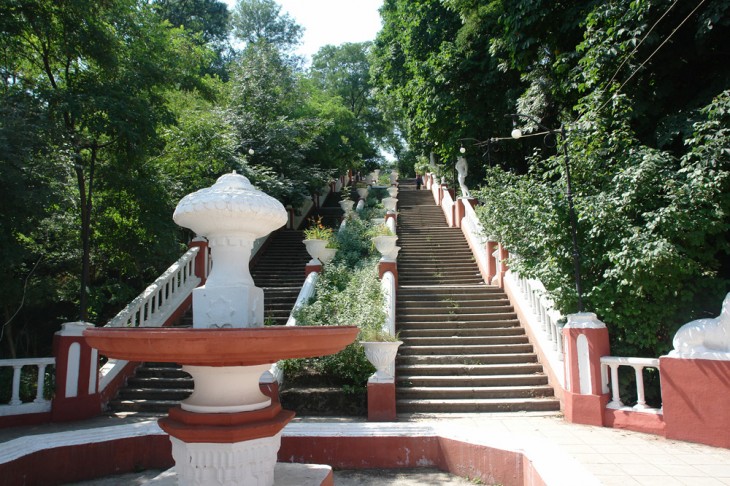
|
Heritage Conservation Regional Network Journal

|
|
Introducing_Young_People_to_the_Protection_of_Heritage_Sites ENG
Details »
|
|
Networking |
Policies |
|
|
Public awareness |
Workshops |
|
 The project is funded by the
The project is funded by the European Union
EU is not responsible
for the content of this website
 |
 |
 |
 |
 |
 |
 |
 |
 |
|
RCCHD Project: Office 16b, Betlemi ascent, 0105 Tbilisi, Georgia Tel.: +995 32 2-98-45-27 E-mail: rcchd@icomos.org.ge |
© 2012 - Eastern Partnership Culture Programme |





